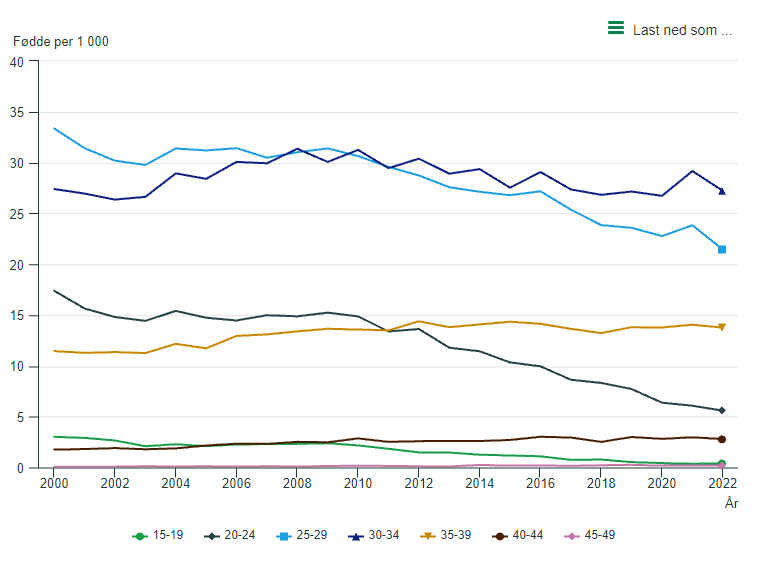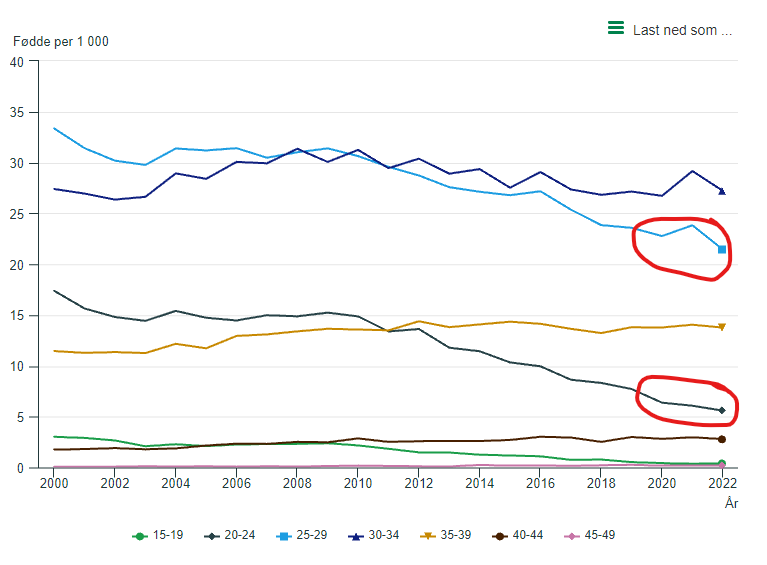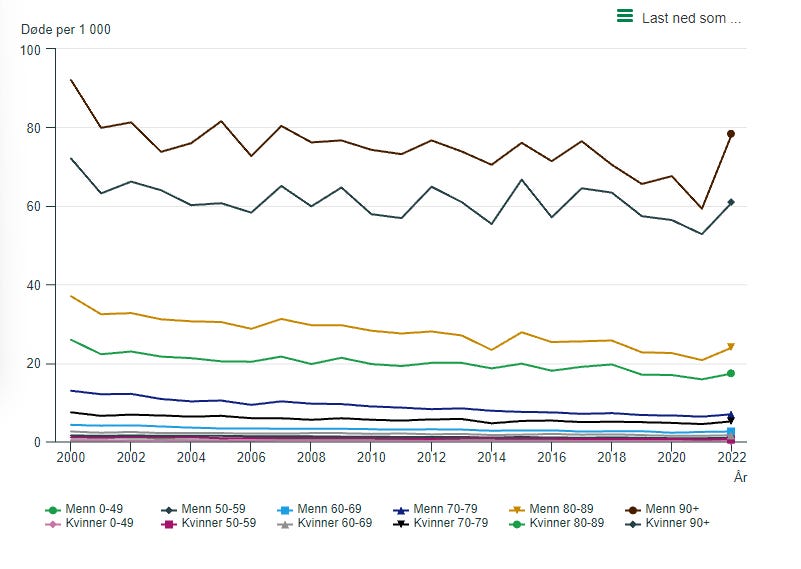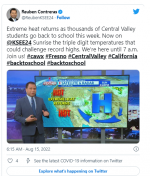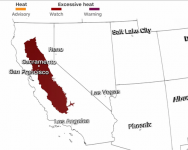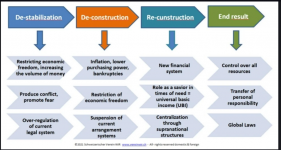marsh
On TB every waking moment
Zerohedge
ZeroHedge - On a long enough timeline, the survival rate for everyone drops to zero
An Unjustified Fear Of Nuclear Energy Is Holding The Industry Back
MONDAY, AUG 15, 2022 - 06:45 AM
Authored by Felicity Bradstock via OilPrice.com,
Energy security has now become a central focus for governments around the world as energy prices soar, and this new focus has seen a revival of interest in nuclear power.
While nuclear power does have problems associated with its cost and its environmental impact, the safety issues that are frequently pointed to by detractors are greatly exaggerated.
The U.S. Department of Energy expects demand for nuclear reactors to reach $1 trillion globally, although any nuclear accident could set the industry back drastically.
Governments are backing nuclear power in a big way but fears of disasters still linger, with any mishap having the potential to derail the big nuclear resurgence. As governments get behind nuclear projects for the first time in several decades, in order to boost their energy security, many continue to be fearful of nuclear developments for both safety and environmental reasons.
But will leaders be able to convince the public of the need for nuclear energy as part of a green transition? Nuclear energy was hailed years ago as the cleaner alternative to fossil fuels that could provide reliable energy to countries around the globe. But as it was increasing in popularity, with several major global developments being achieved, three notable disasters undermined the potential for widespread nuclear development. The events of Three Mile Island in Pennsylvania in 1979; Chernobyl in 1986; and Fukushima in Japan in 2011 led to a movement away from the development of nuclear projects in favor, largely, of fossil fuels.
However, with growing energy insecurity being felt worldwide, in response to sanctions on Russian oil and gas; a rapid movement away from fossil fuels to greener alternatives; and a rise in energy prices, several governments are putting nuclear power back on the agenda. With its carbon-free energy producing capabilities, it appeals to governments who have made ambitious carbon pledges, while offering them greater mid-term energy security than other renewable energy projects that may take longer to be developed at the scale required to meet growing demand.
In the U.S., nuclear energy accounts for around 20 percent of the country’s power, and 50 percent of its carbon-free power. And with major public and private investments being pumped into research and development, countries around the world are hoping to build more efficient, lower-cost, and smaller nuclear reactors than what we have traditionally seen. If all goes well, the U.S. Department of Energy expects demand for nuclear reactors to reach $1 trillion globally.
But according to several energy experts, just one incident could radically worsen the already negative public perception of nuclear power. A multitude of studies deem nuclear energy the safest form of electricity generation, and yet many people around the world who have lived through nuclear disasters are still opposed to the development of new nuclear projects due to the danger associated with them. Others believe that nuclear power is not as green as it is made out to be, as although it creates carbon-free power, there is still the problem of waste management.
So, why are we so scared of nuclear power? Despite a lack of public understanding of nuclear technology, meaning that it can sometimes be confused with nuclear weapons, there was a general optimism around nuclear energy when it first emerged several decades ago. It seems that the current negative public perception of nuclear power stems mainly from the nuclear disasters that were seen around the world in real-time.
Although relatively few died during these incidents compared to deaths worldwide from other energy operations, the incidents were widely televised and the fear of the unknown spread rapidly. Governments responded to them differently compared to other energy disasters, mainly because it was not known how many people should be evacuated and the best way to respond to the disaster on the ground. This made people more panicked than when other events occur, such as an explosion on an offshore oil platform or a fire at a refinery. The overreaction by political powers in the face of a nuclear incident has led to widespread mistrust of nuclear technology. Furthermore, the portrayal of nuclear disasters in several TV series and movies has exaggerated the dangers associated with nuclear power.
In reality, the nuclear incidents that caused the fear resulted in relatively few deaths. No one died due to radiation in the Three Mile Island or Fukushima disasters, and fewer than 50 died during and following Chernobyl. While this may sound like a lot, if this is the only nuclear incident that resulted in deaths during the current lifespan of nuclear energy production, the figure is much lower than other energy sources, particularly fossil fuels that continue to create deadly air pollution.
Perhaps the only way to improve public perception of nuclear energy is through re-education that highlights the relative safety of the technology compared to other energy operations. In addition, as the public and international organizations put pressure on state governments to go green, better marketing of nuclear energy could help shift the public perception, as people begin to see the carbon-free energy source as necessary for a green future. However, for now, governments are feeling the mounting pressure to ‘get it right’, with the potential for any mishap to add to the long-term demonization of nuclear power.

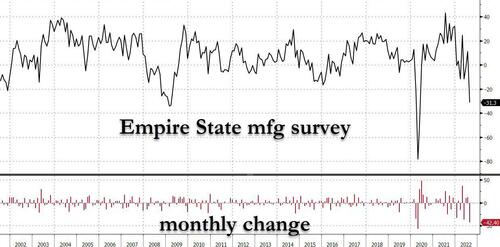

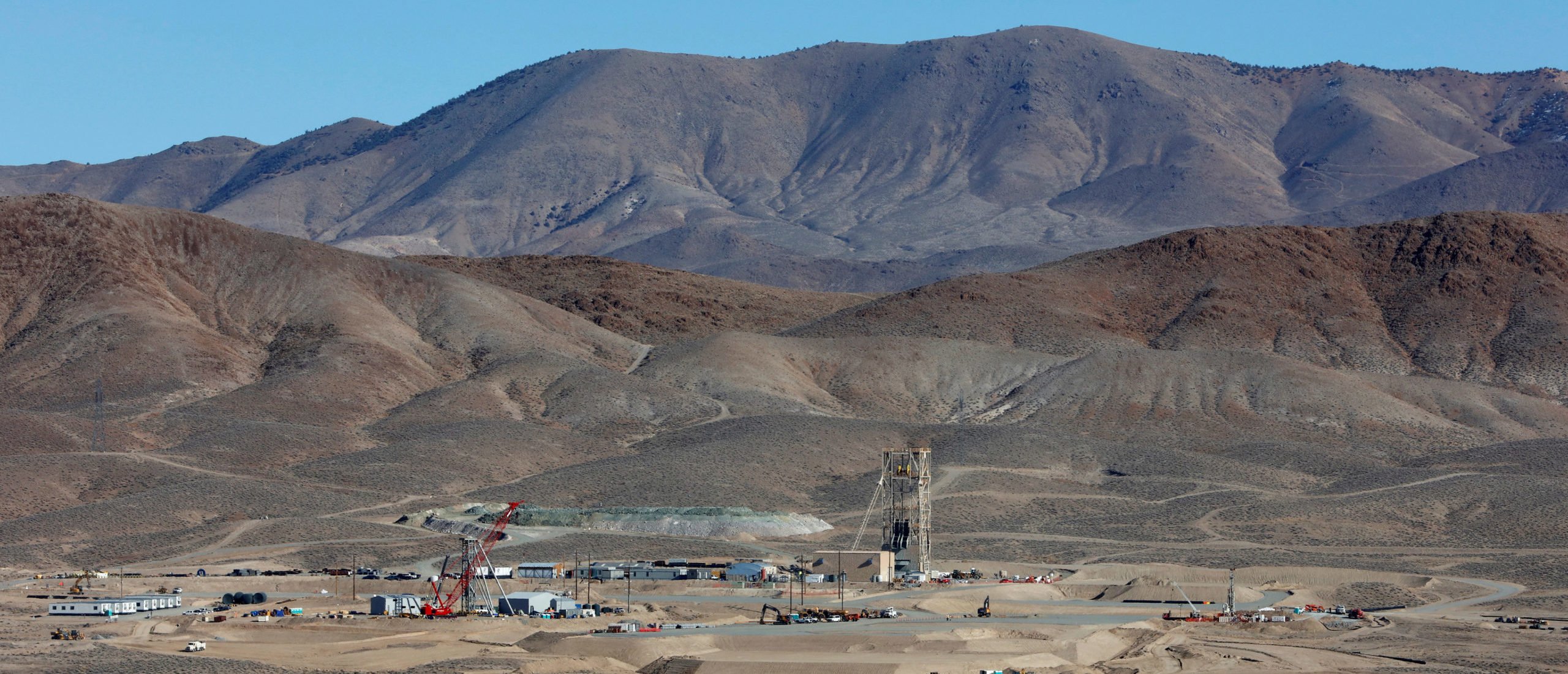


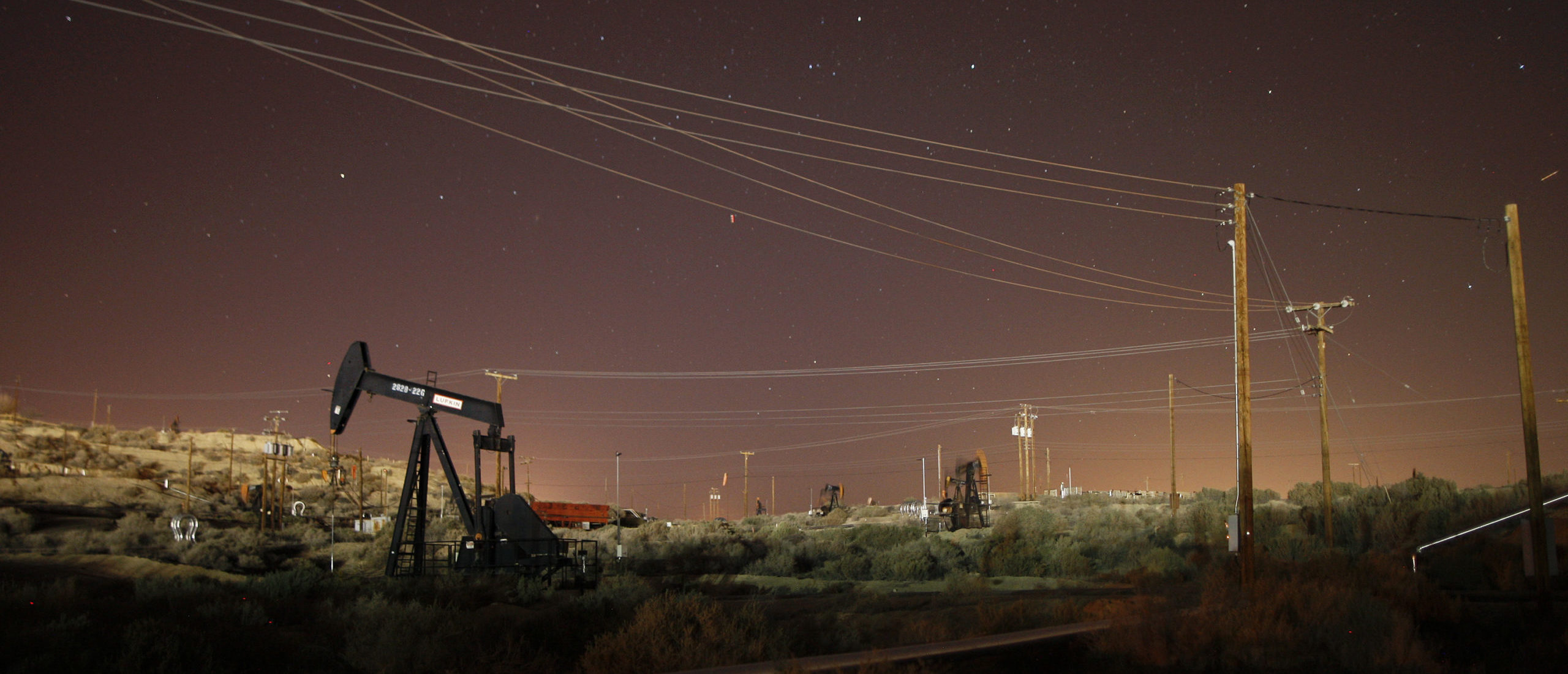






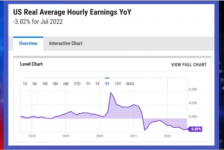
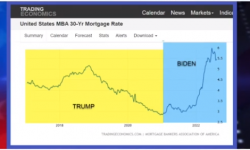
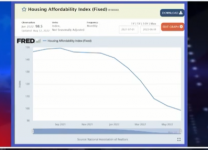

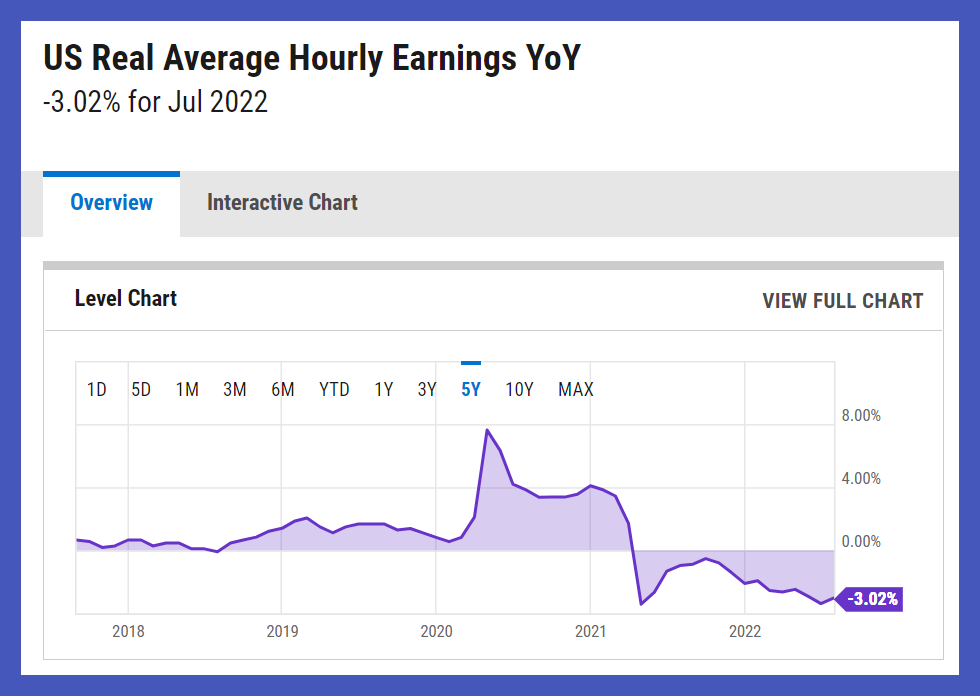
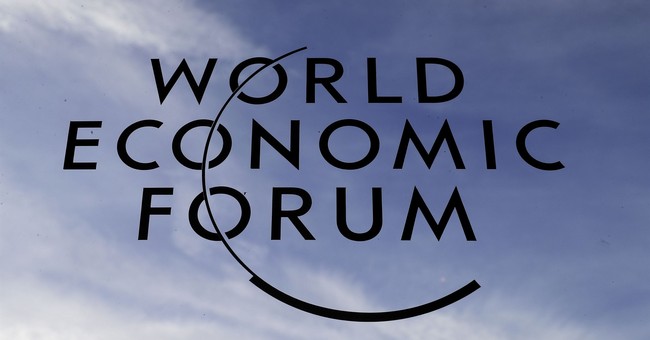

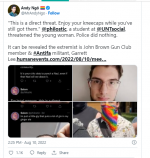

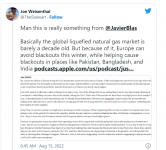
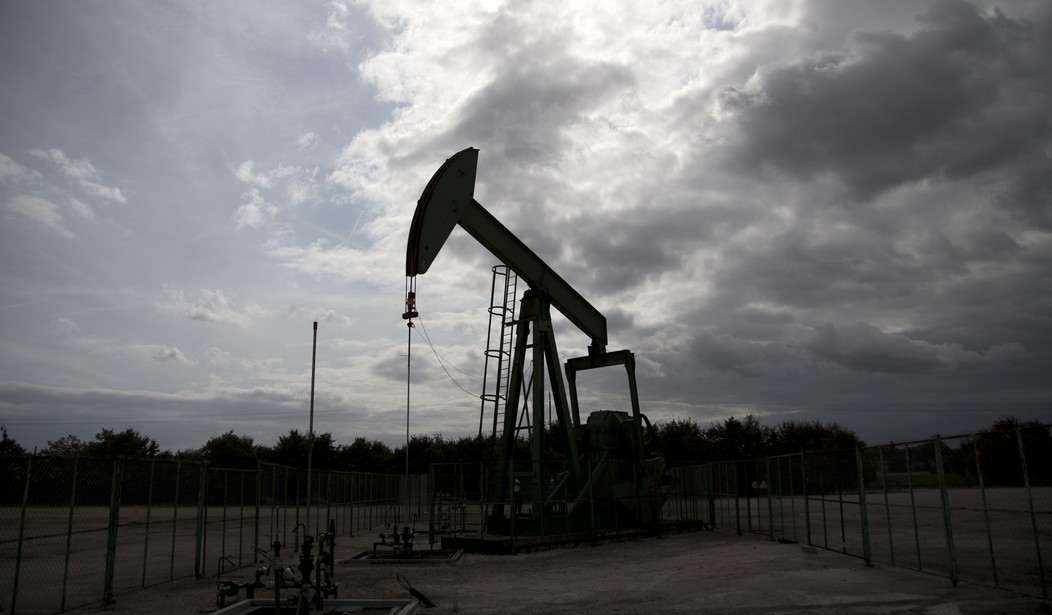

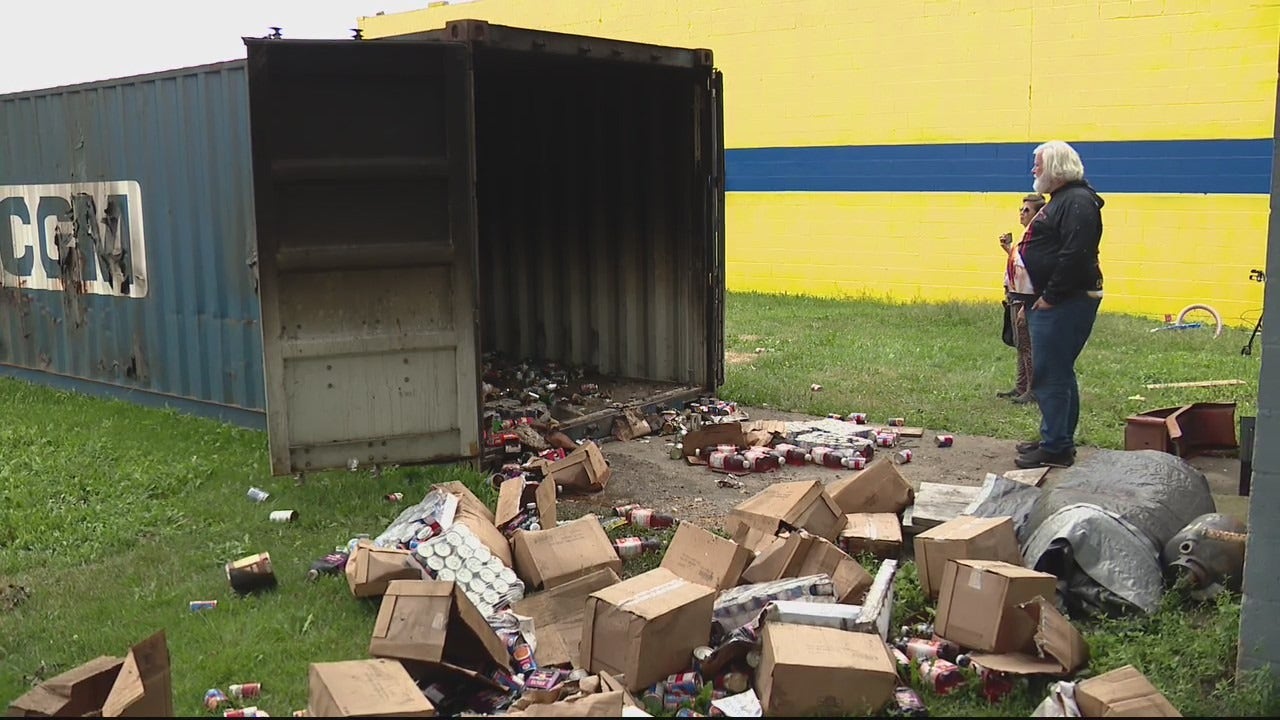
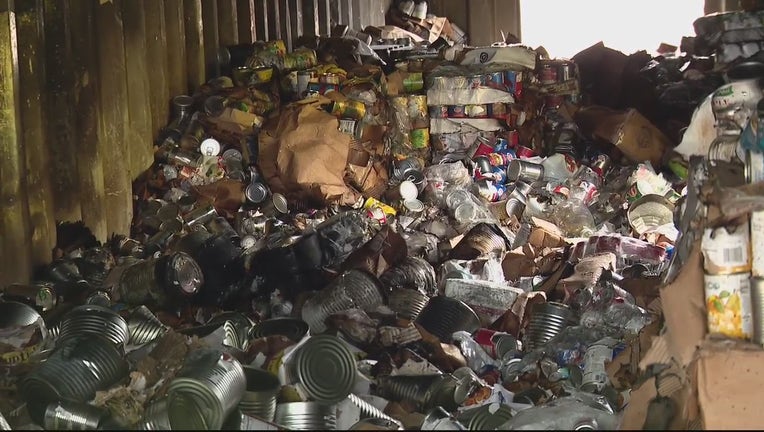

 The Freedom Corner with PeterSweden
The Freedom Corner with PeterSweden